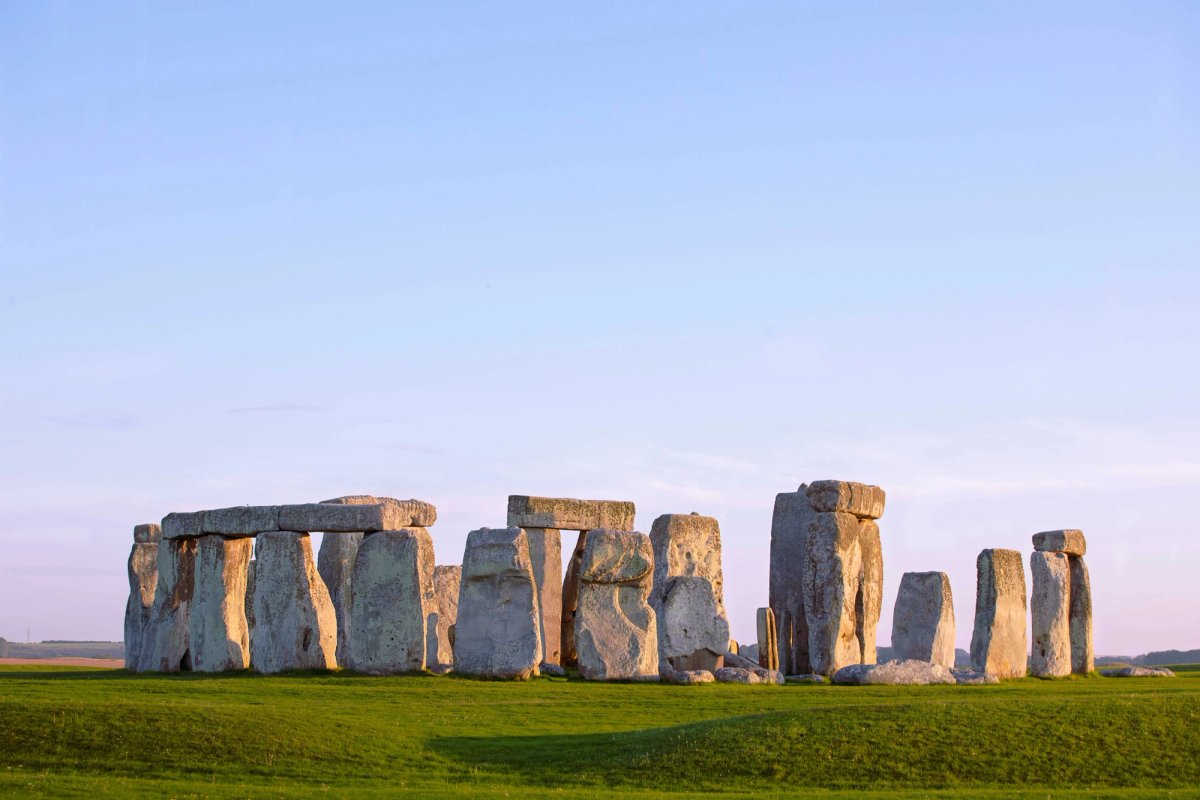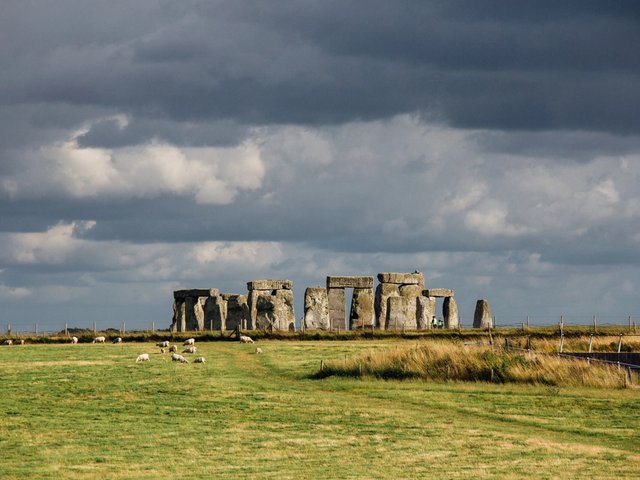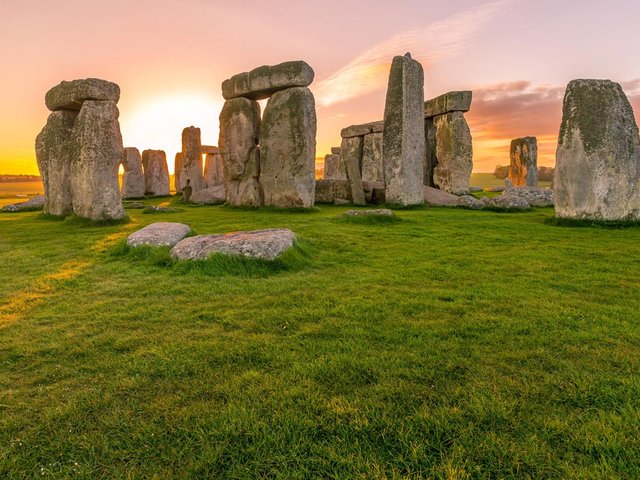Scottish band The Proclaimers famously sang that they would walk 500 miles. It turns out that ancient Britons may have traipsed the same distance moving a six-tonne megalith from the Scottish Highlands to Salisbury Plain, where it became a central feature of Stonehenge.
The new insight into the world’s most famous neolithic monument has been revealed by a “jaw dropping” new study published in the scientific journal Nature. It has found that the site's central, six-tonne altar stone came from much further afield than previously thought.
Experts understand that the most famous features of Stonehenge, the “sarsen stones” came from nearby Marlborough, 16 miles away from the site. The smaller “bluestones”, are now known to generally derive from the Preseli hills in Wales, 125 miles away. The altar stone, partially buried in the centre of the stone circle, was previously believed to come from that same region, however the new study suggests it is in fact from the old red sandstone of the Orcadian Basin in north-east Scotland, more than 450 miles away.
Scottish archaeologists have welcomed the findings and the light it sheds on how ancient peoples moved around the British Isles. Lynne McKeggie, the director of Highland Archaeology Services tells The Art Newspaper: “This is a really intriguing development that makes us think again about how connected people were in the Neolithic, and what feats they were capable of achieving. Research into Stonehenge is always evolving our understanding of the site. It's very exciting to have a possible connection to the Highlands and Islands, where we also have incredible Neolithic monuments.”
The new study was undertaken by researchers from Aberystwyth University, University College London, Curtin University in Perth, Australia and the University of Adelaide. They have narrowed down the source of the stone to a region including the Orkney isles, John O’Groats in Caithness and a narrow strip along the coast stretching to the Moray Firth around Inverness.
What do we know about the construction of Stonehenge?
Archaeologists believe Stonehenge was constructed in several phases from 3100 BC to 1600 BC, with the circle of large sarsen stones placed between 2600 BC and 2400 BC. It had been supposed that larger local stones may have been moved by hundreds of people using ropes and log rollers, with the Welsh bluestones possibly transported by water on ancient rafts.
Hugo Anderson-Whymark, the senior curator of prehistory at National Museums Scotland, hopes further study will shed light on how the stones were transported. Speaking to The Art Newspaper, he says: “The current research indicates that this stone could have originated anywhere from Moray on the Scottish mainland to the southern tip of Shetland. Hopefully further work will be able to narrow this down, particularly the question of whether it came from a mainland or island location. This would help inform thinking about the significance of the source area and the means by which it might have been transported from the north of Scotland to the south of England."
Mike Pitts, the former editor of British Archaeology magazine and author of How to Build Stonehenge, argues that the Welsh stones, and the Scottish altar stone, most likely reached Wiltshire by land. In his blog, he suggests that sea transport carried the risk of losing what must have been an immensely valuable cargo and that by travelling by land it would have served a social purpose. He writes: “Stonehenge was not just a great ceremonial or religious monument, but also a social construction: it was designed to impress and to bring distant communities together, so that transport and building were key parts of its purpose and identity. A slow overland journey for the altar stone would have extended such performance to a substantial part of Neolithic Britain.”
Rob Ixer, an honorary senior research fellow at University College London and one of the experts behind the study, described the findings as “jaw dropping”. He told the Guardian: “It completely rewrites the relationships between the Neolithic populations of the whole of the British Isles. The science is beautiful and it’s remarkable, and it’s going to be discussed for decades to come.”






